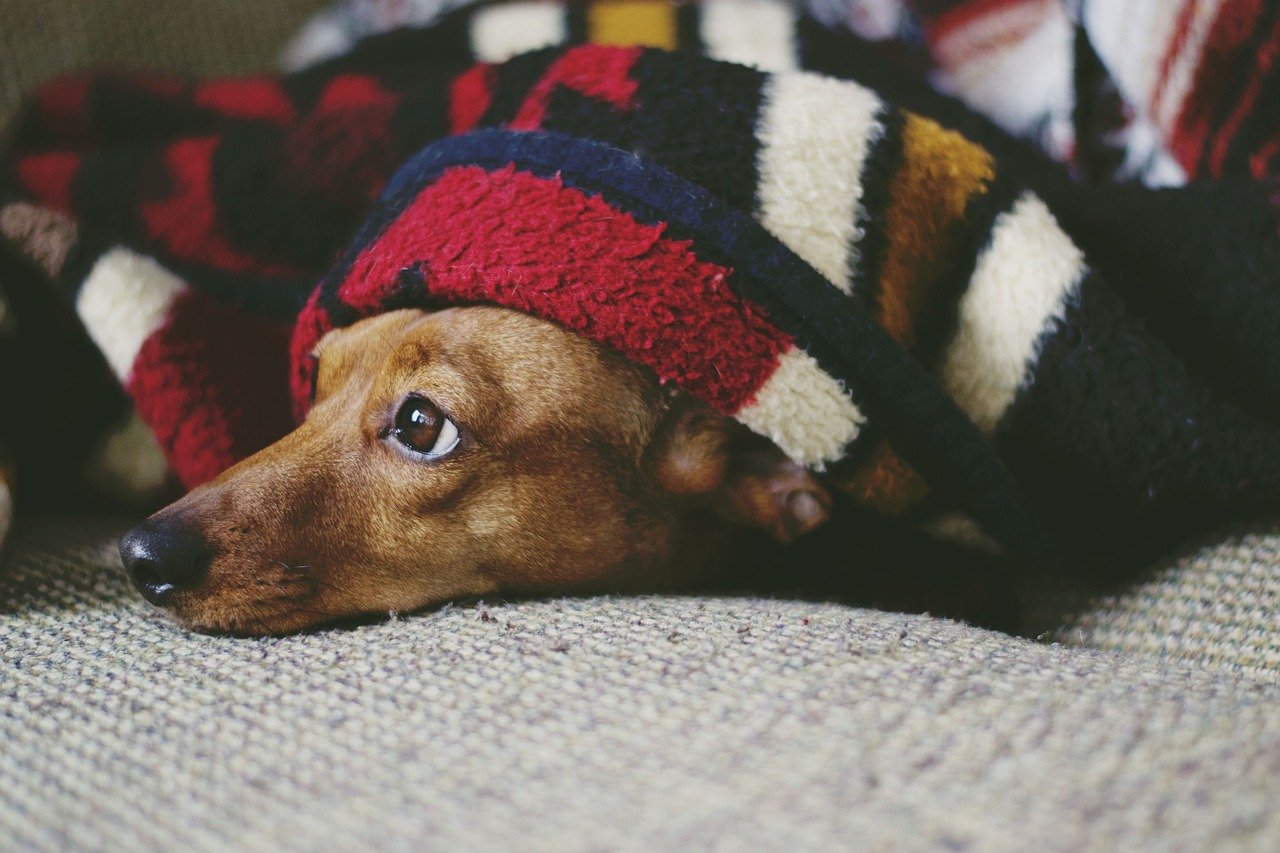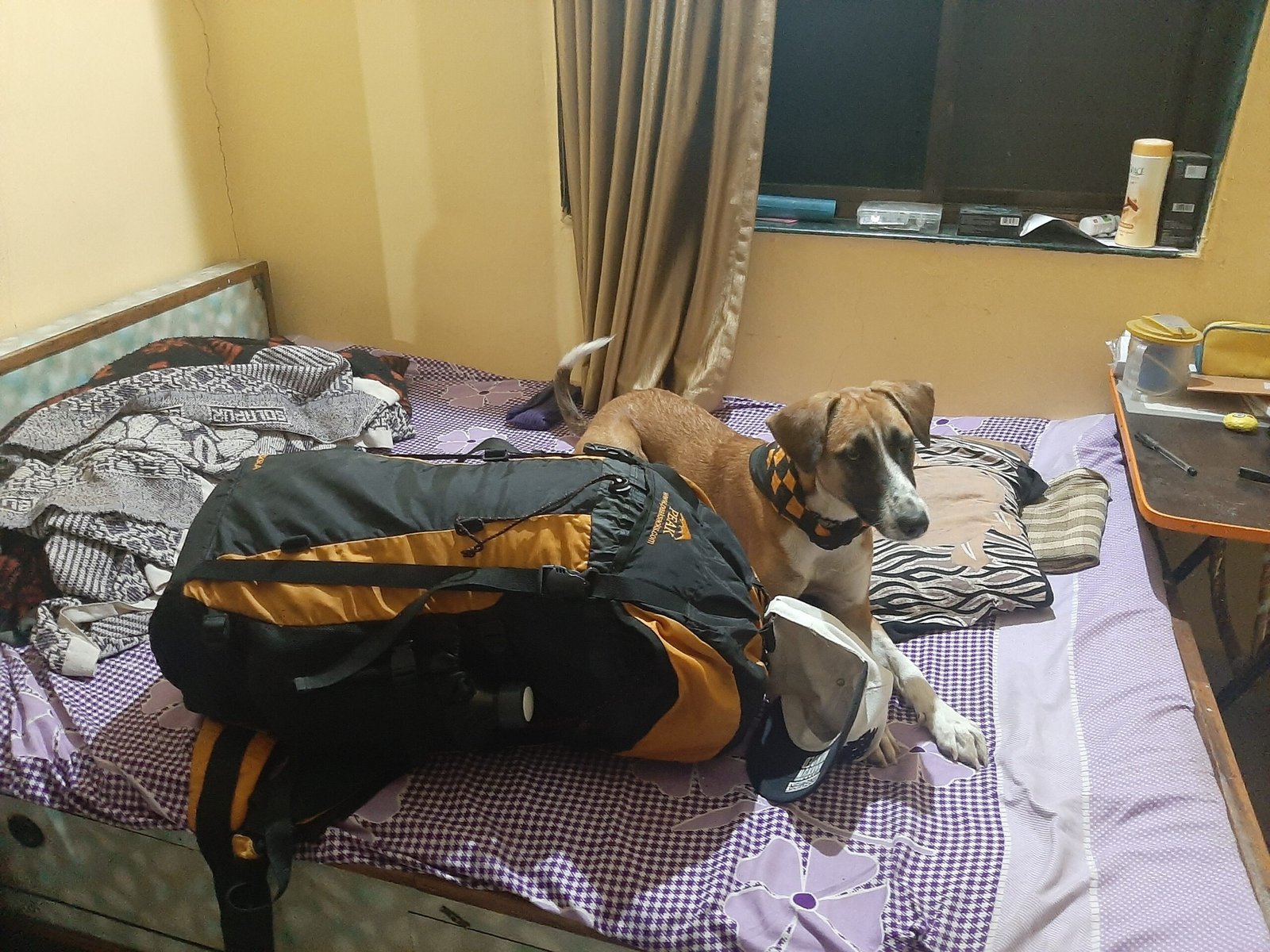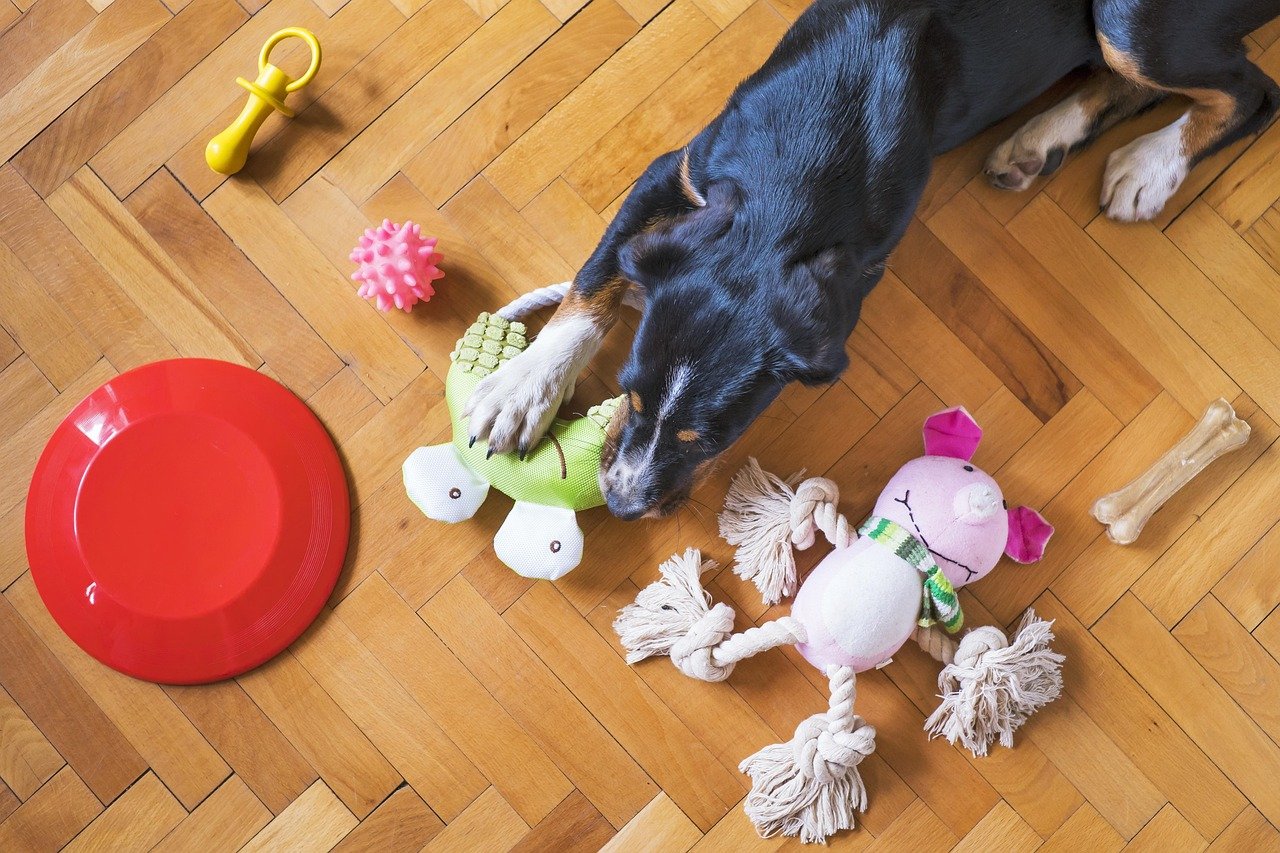Separation anxiety can be a heartbreaking issue for both dogs and their owners. When your furry friend shows signs of distress each time you leave the house, it can be tough to know how to help. Fortunately, there are several effective strategies you can employ to ease their anxiety and make the time apart more bearable for both of you. With a little patience, understanding, and consistency, you can help your dog feel more comfortable when you’re not around. Let’s dive into eight practical ways to tackle this problem.
Understanding the Root of Separation Anxiety
Before addressing separation anxiety, it’s crucial to understand what causes it. Dogs are naturally social animals, and they form strong bonds with their human companions. When left alone, some dogs experience a great deal of stress because they miss their owners. This can lead to behaviors such as barking, whining, chewing, or even attempting to escape. By recognizing these signs, you can begin to address the problem with empathy and understanding. It’s essential to remember that this anxiety is not due to disobedience or spite, but rather a deep emotional response.
Create a Safe and Comfortable Space

One way to help your dog feel more secure is by providing a designated safe space. This could be a cozy corner with their favorite blanket or a crate that they associate with comfort and safety. Having a specific area where they feel calm can reduce anxiety when you’re away. It’s similar to how we might find solace in a favorite chair or room. Ensure that this space is free of hazards and filled with comforting items like toys and a piece of your clothing, which carries your scent.
Practice Short Departures

Practicing short departures can help your dog get used to being alone. Start by leaving for just a few minutes and gradually increase the time as your dog becomes more comfortable. This process is akin to building stamina in exercise; you start small and gradually increase the duration. By doing this, your dog learns that you will always return, reducing their anxiety over time. Remember to stay calm when you leave and return, as making a fuss can heighten their anxiety.
Provide Plenty of Physical Exercise
Just like humans, dogs need physical activity to stay healthy and happy. A well-exercised dog is less likely to be anxious because they’ve burned off excess energy. Before leaving, take your dog for a long walk or engage in a vigorous play session. This not only tires them out but also releases endorphins, which can help reduce anxiety. Think of it as the canine equivalent of going for a run to clear your head; it can work wonders for their mood.
Use Interactive Toys and Puzzles

Interactive toys and puzzles can be a great distraction for dogs when they’re alone. These toys challenge their minds and keep them occupied, which can reduce feelings of loneliness. Consider toys that dispense treats or puzzles that require problem-solving skills. These activities are like brain games for humans, providing mental stimulation and keeping boredom at bay. By focusing on the toy, your dog may not even notice your absence as much.
Consider Calming Aids
There are various calming aids available that can help reduce anxiety in dogs. These can include pheromone diffusers, calming collars, or even supplements designed to promote relaxation. Think of these as tools that can help set a soothing atmosphere, much like how a scented candle or a warm bath might help us unwind. Always consult with your veterinarian before trying new products to ensure they’re safe and appropriate for your dog.
Establish a Consistent Routine
Dogs thrive on routine, and having a predictable schedule can be comforting. Try to keep feeding, walks, and playtimes consistent each day. This regularity helps your dog know what to expect and can ease anxiety when you leave. It’s similar to how a bedtime routine can help a child feel secure. By maintaining structure, your dog will feel more in control of their environment, which can alleviate stress.
Seek Professional Help if Needed
If your dog’s separation anxiety is severe, it may be time to seek professional help. A certified dog trainer or animal behaviorist can work with you to develop a tailored plan for your dog’s specific needs. Think of them as therapists who specialize in understanding canine behavior. They can provide invaluable insights and strategies to help your dog adjust. Remember, seeking help is a sign of strength and dedication to your pet’s well-being.
In conclusion, helping your dog deal with separation anxiety requires patience, empathy, and consistency. By understanding their needs and employing these strategies, you can make a significant difference in their emotional health and happiness.

Esther is from India; the heartbeat of South Asia, holding a Master’s degree in Zoology and a postgraduate diploma in Animal Welfare. Her enthusiasm for animal welfare drives her passion and dedication to working for animals, ensuring their well-being, and advocating for their rights. With a solid academic background and hands-on experience, she is committed to making a positive impact in the field of animal welfare. In her free time, she enjoys embroidery and sewing. As a Chennaite from Tamil Nadu, Esther loves Bharathanatyam, an Indian classical dance form.





